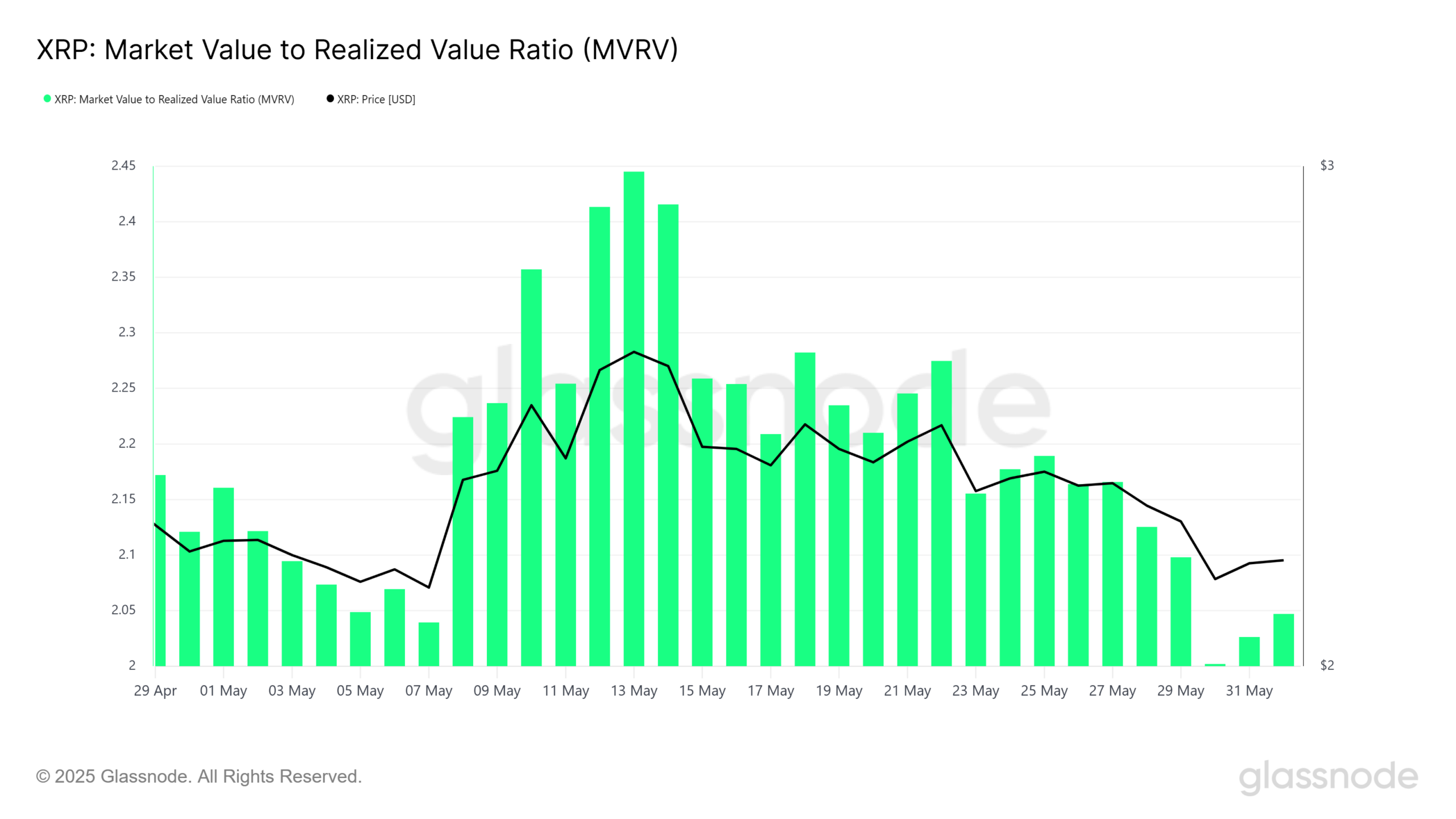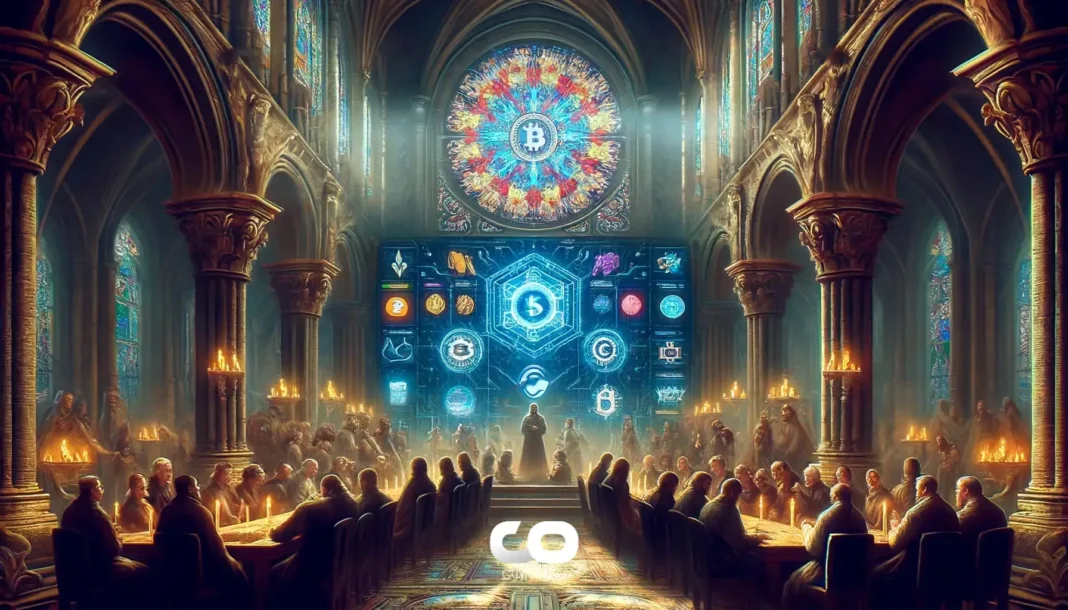-
Ripple’s XRP faces critical challenges as structural limitations threaten its market potential, leaving investors anxious for a turnaround.
-
The recent decline in XRP’s price underscores the fragile state of its market confidence, making the upcoming weeks crucial for recovery.
-
According to a COINOTAG analysis, “Holders are increasingly wary, with many ready to take losses amidst dwindling unrealized profits.”
Ripple’s XRP struggles with declining investor confidence and limited tokenomics, leaving the future uncertain for holders seeking recovery.
Ripple’s Quest for Market Recovery and Token Viability
Ripple is at a pivotal moment; with increasing pressure from both market dynamics and investor sentiment, the future of XRP hangs in the balance. After making significant initial gains in early May, XRP has now returned to a level that many investors find disheartening.
A Glassnode report highlighted that approximately 70% of XRP’s volume was acquired near its peak price of $3.40, creating a situation where a substantial number of holders are now “underwater.” With XRP settling below $1, the urgency for a positive market catalyst has never been more significant.
The Impact of Market Sentiment on XRP’s Price Performance
XRP’s MVRV (Market Value to Realized Value) ratio has also seen a drastic decline, plummeting from 2.44 in mid-May to around 2.04 recently, indicating that many investors are grappling with diminishing returns. This significant reduction in unrealized profits pushes some investors to reconsider their positions, leading to a potential sell-off that could amplify market volatility.
In addition, the looming sense of panic could create a rift between long-term holders and those looking for short-term gains, as feelings of frustration might incite further selling pressure. If confidence continues to erode without substantial market engagement, the situation may become detrimental.

Source: Glassnode
The Liquidation Dilemma: Addressing XRP’s Supply Constraints
Ripple’s recent strategy of locking a significant number of XRP tokens—470 million—back into escrow is an attempt to tighten the supply and potentially buoy market prices. However, this move has a relatively minor impact on the broader ecosystem compared to the total supply of over 58.7 billion tokens.
A single expert noted, “Even if Bitcoin reaches an unprecedented valuation, the sheer volume of XRP makes it nearly impossible to envision substantial price surges that some investors hope for.” This fundamental characteristic of Ripple’s tokenomics is a double-edged sword that simultaneously provides utility while restricting price upward movements due to the sheer number of tokens in circulation.

Source: TradingView (XRP/BTC)
This lack of upward movement and investor confidence may drive XRP holders towards capitulation if Ripple does not actively address these fundamental issues. The need for significant market catalysts is paramount; otherwise, XRP might mirror the plight of other cryptocurrencies, leading to a loss of interest among its community.
Conclusion
In summary, Ripple faces significant hurdles as it navigates the complexities of current market conditions and holder sentiments. The necessity for a strategic revitalization of market confidence is imperative if XRP is to break free from its current limitations. Without actionable improvements to its tokenomics and market engagement, XRP risks further disengagement from investors, potentially culminating in a broader market retreat. As the clock ticks, Ripple must act decisively to hold onto its supporter base.






